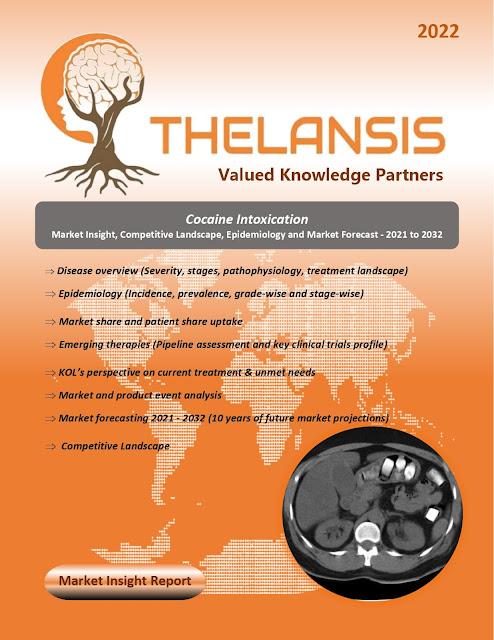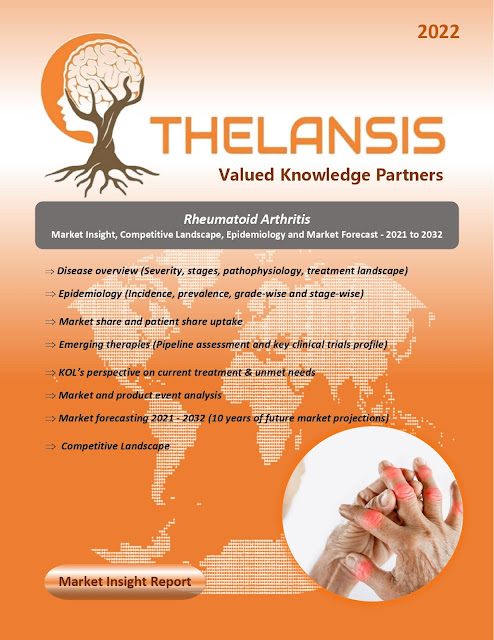Insomnia – Market outlook, Epidemiology, Competitive Landscape, and Market Forecast Report – 2021 To 2032

Insomnia is the most common clinical condition in which the person experiences difficulty sleeping and is subclassified as short-term, chronic, and other. Sometimes it is described as the presence of polysomnographic evidence of disturbed sleep. Therefore insomnia is considered to exist when there is long sleep latency, frequent nocturnal awakening, prolonged wakefulness throughout the sleep phase, or transient arousals. Insomnia can be a primary sleep disorder, comorbid sleep condition, and other mental or medical disorders. The etiology includes environmental, genetic, behavioral, and physiological factors culminating in hyperarousal. Insomnia is the complex interaction between cognitive arousal, altered circulation, and the homeostatic system. Decreased function of the sleep-walk switch may also contribute to insomnia. During sleep, there is a gradual shift from non-rapid-eye movement (non-REM) sleep to rapid-eye-movement (REM) sleep. The most common symptom was trouble sustaining
.jpg)
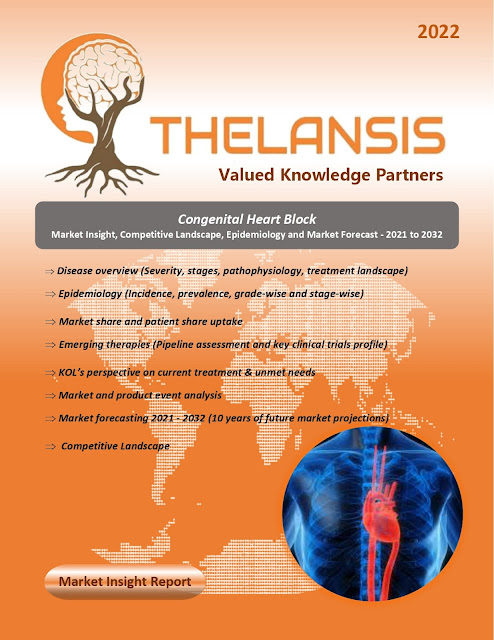
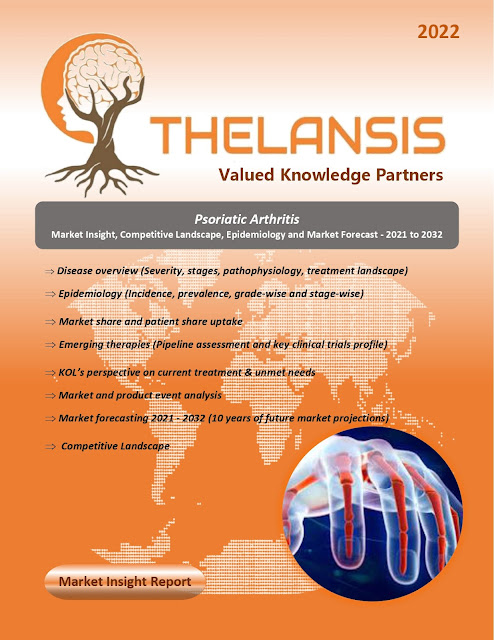


_page-0001.jpg)
_page-0001.jpg)
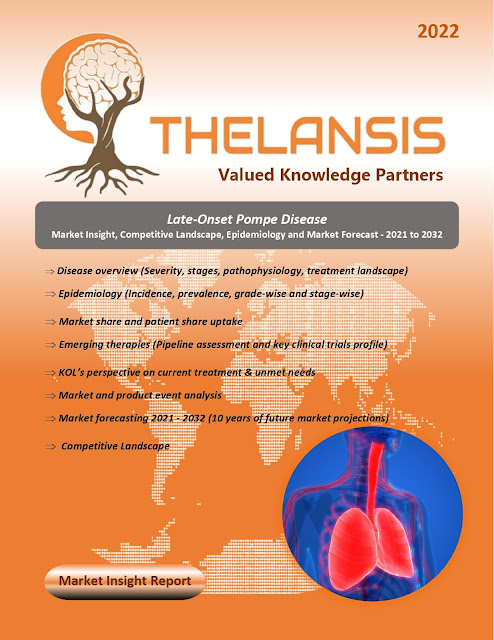
_page-0001.jpg)
